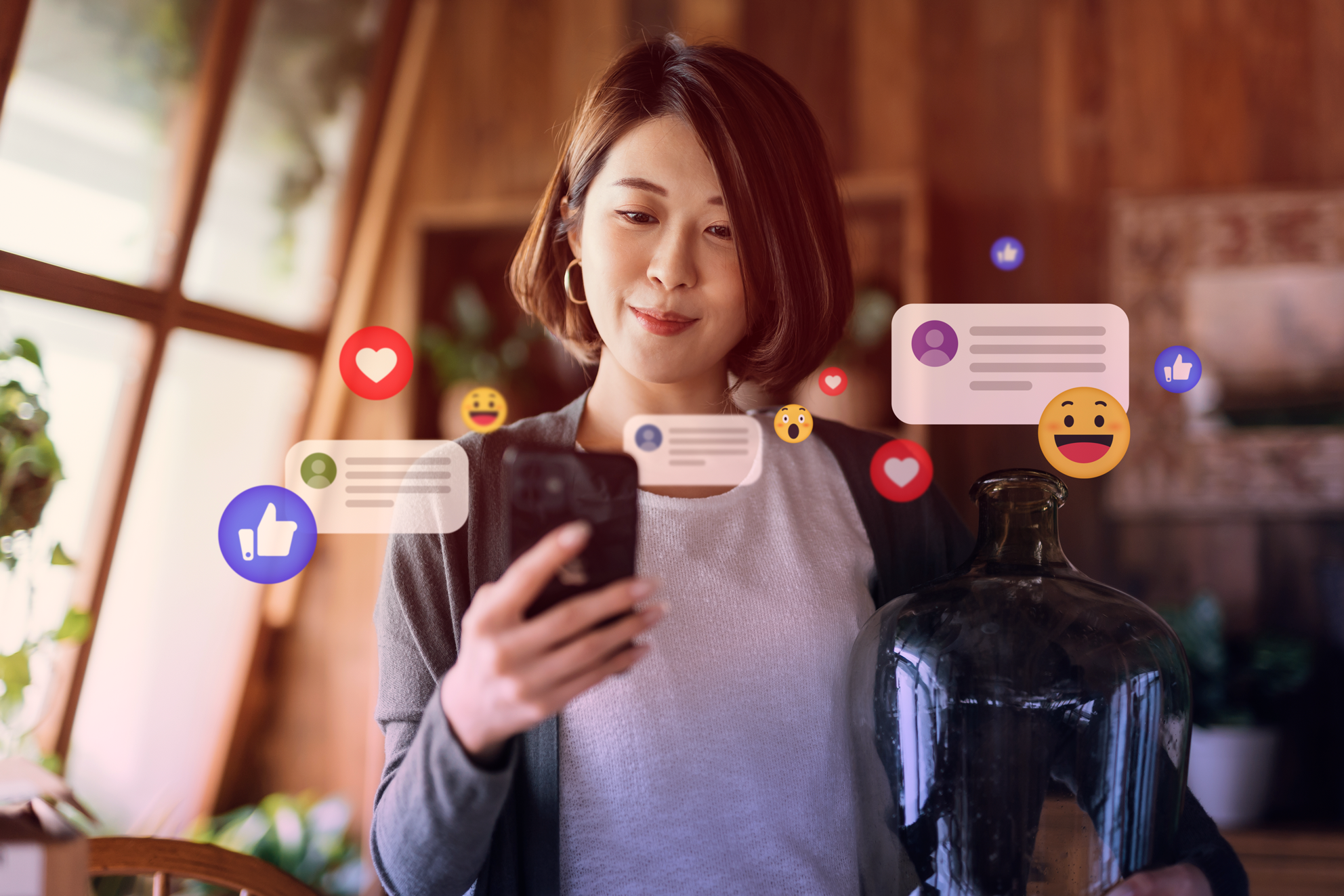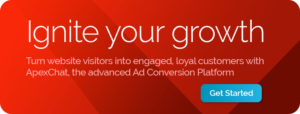
How to Increase Your Social Media Conversion Rates
Social conversions have been the hot trend in marketers’ approach to potential customers since the first social media platforms went live in the 2000s. Since then, there’s been a lot of movement in this space, with new and better conversion strategies developing all the time. No matter what social media platform or platforms you’re currently posting to and whatever approach you’ve been using to reach the public, activating your brand’s social media posts as conversion tools can drive better lead generation and repeat business.
Turning Followers Into Customers
The goal of your social media strategy should always be to drive casual visitors through the funnel and convert them into loyal customers. Getting them to follow your social media presence is an intermediate step that’s a lot easier for people who aren’t ready to agree to a sale yet but who might be in the future. It’s the digital equivalent of getting your brand’s foot in the door since a person who chooses to follow you on platforms such as Facebook, Instagram and LinkedIn has expressed interest in conversion, even if it’s not immediate.
Posting to your company’s social media accounts takes a few seconds and little financial commitment. In fact, the right strategy could even drive droves of organic traffic in your direction without any kind of investment at all. Once there, casual browsers who may not be familiar with your brand will have a chance to look over your feed, develop a feel for your brand and make a low-cost decision to follow you. That effectively signs them up for continuous brand messaging that gradually develops them into highly qualified leads and, ultimately, customers.
What Is a Social Media Conversion Rate?
As efficient as social media conversions can be, some strategies are better than others. The social media conversion rate is one informative metric that tells you how successful you’ve been at developing followers until they’re ready to commit to a sale.
It’s easy to work out what your brand’s social media conversion rate is. This is just the ratio of your total audience to the number of followers who’ve accomplished the desired action. The conversion in this case can be whatever you’re trying to get them to do, such as fill out a contact form, submit their contact information, make an actual sale or call for a quote.
Say you have 100,000 people following your brand on X, and you’d like to promote your new Instagram account. You set up a messaging campaign to let X followers know about the new place they can follow you, and in the first month, you notice 2,000 people have clicked the link and subscribed to the account. That’s a 2% conversion rate, which is considered to be fairly effective.
Identifying and Analyzing Your Target Audience
To drive social media conversions, it helps to know who you’re marketing to. Modern social media platforms make this comparatively easy. Most of your human followers have social media accounts and posting histories of their own, which contain a wealth of valuable customer data for you to look at while you craft a message that will resonate with them. Several agents are available at varying levels of complexity to scrape customer data from social media profiles for you. While these really aren’t good tools for looking into specific people’s bios and Facebook relationship statuses, in aggregate, they’re marvelous tools for seeing trends and granular demographic data.
Crafting Compelling Content for Your Target Audience
With information in hand, it’s much easier to start crafting an audience-appropriate brand message to achieve higher conversions. Say your typical follower is a 30-something female living in an English-speaking country. She’s college-educated, lives alone and has some disposable income. Your marketing team can craft a message that clicks with her on a level that a more generic advertisement never could.
Utilize Imagery and Video
Social media platforms are defined as much by their limitations as by their opportunities. X famously has limited space for posts, though this has expanded somewhat over the years. Facebook works well for building static groups and communities of interest held together with casual messaging, while TikTok is all about young viewers watching short video content. LinkedIn is a bit more traditional, with far fewer frills.
No matter where you’re marketing, use the tools your social media platform offers to get your brand message across. If the platform supports video, make video content for it. If it supports fast two-way interactions, such as the give and take on X, set people to monitor the feed. Always be thinking about images, videos and other options that will help you connect with your followers and encourage the conversions you’re looking for.
Make Your Response Times Fast
One of the greatest advantages of social media messaging is the quick turnaround times it enables. Unlike marketing efforts from a few decades ago, on social media, you’re not just casting your pitch out there and waiting weeks to hear whether it worked. Instead, you can have customer feedback, whether it’s direct or in the form of increased conversions, within minutes. Don’t squander the valuable time your target audience spends on your social media content. Start your drive today, and see where it takes your potential customers from there.
See how ApexChat can help you get more leads today with our Facebook messenger chat integration.





Sorry, the comment form is closed at this time.